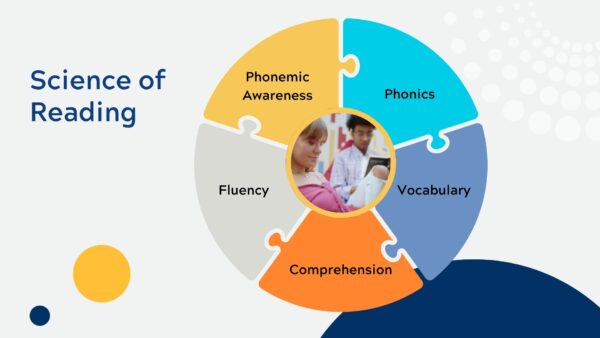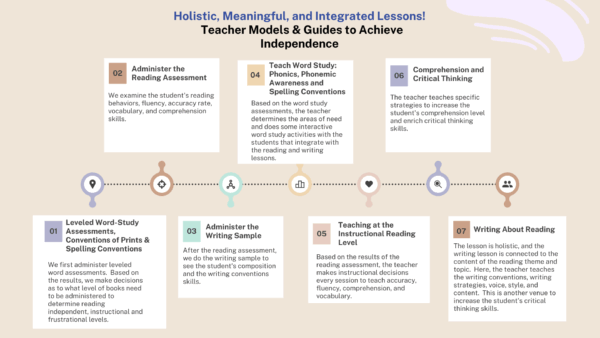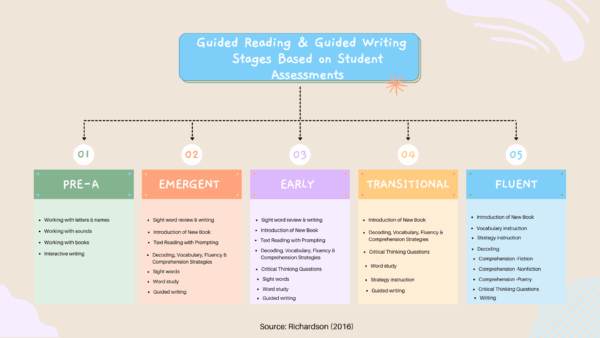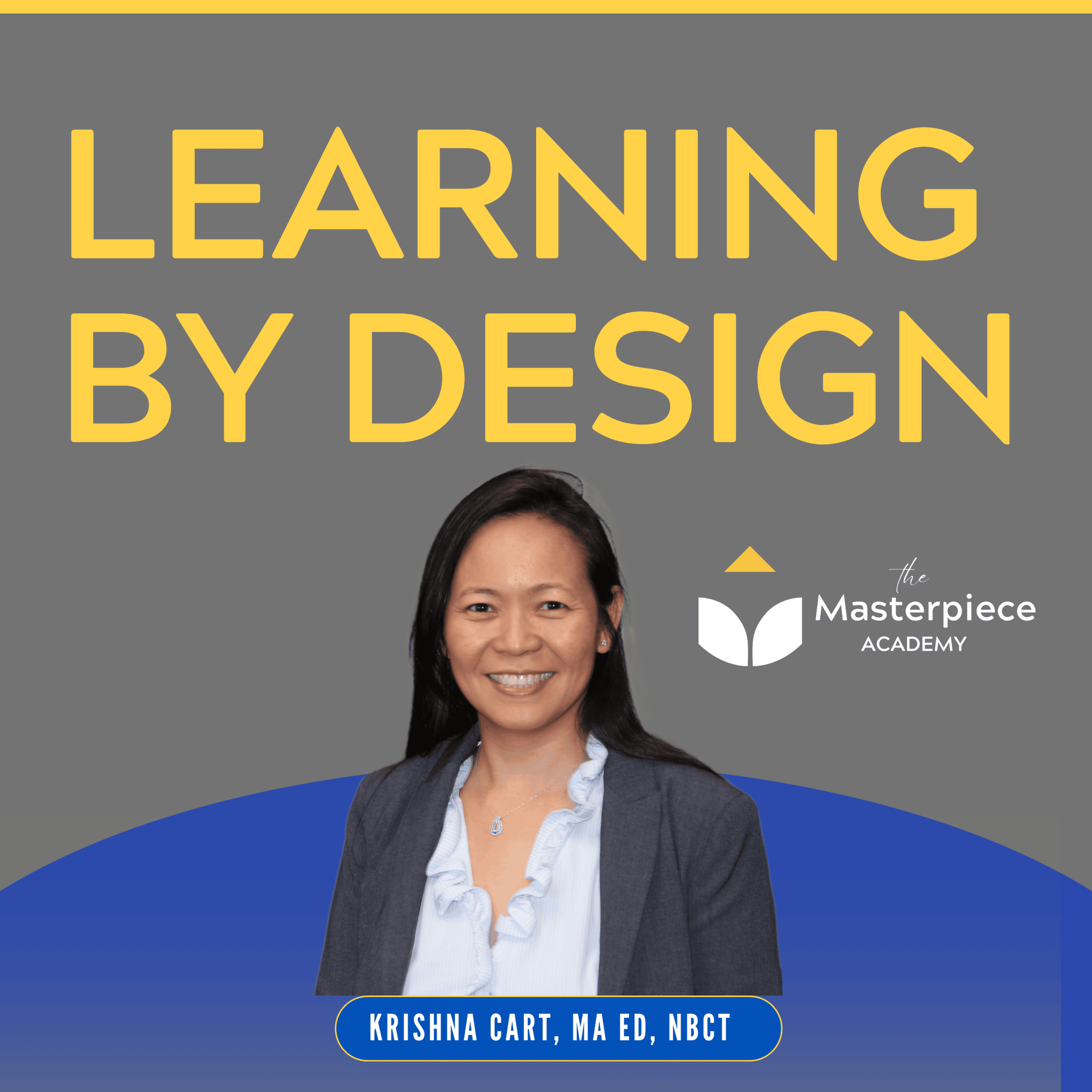Inside the Literacy Lab: A Research-Based Routine That’s Getting Results
Across the U.S., reading scores are lagging. Only one in three fourth graders reads at grade level—and writing isn’t far behind. But here’s the good news: literacy skills can be taught. Confident, capable readers and writers aren’t born—they’re built.
At Masterpiece Academy, we’ve developed a structured literacy instruction model that’s changing outcomes for students in Grades K–8. In our latest podcast episode of Learning by Design, founder Krishna Cart, MA Ed, NBCT, breaks it all down.
Why are so Many Students Struggling?
According to the National Assessment of Educational Progress:
- Only 33% of fourth graders read at or above grade level.
- Over 50% of teachers report that their students need reading intervention.
- Most of those students get less than 45 minutes of literacy support per week.
We knew that wasn’t enough.
So we built a different kind of support system—one based on structured literacy instruction, student-level data, and targeted teaching.

Our Six-Part Literacy Routine
Each session of our Reading & Writing Lab includes:
- Word Study – Phonics, spelling patterns, morphology, and sound-letter connections
- Guided Reading – Leveled reading for comprehension and fluency
- Comprehension Strategy + Vocabulary – Text-based thinking and academic vocabulary development
- Writing Mini-Lesson – Focused instruction on structure, grammar, and style
- Guided Writing – Practice with direct feedback and modeling
- Wrap-Up & Independent Reading – Reflection and home connection tools

We offer
Year-Long Group Literacy Classes: Reading and Writing Lab
- K–8 group classes are designed for consistent, structured literacy growth.
One-on-One High Impact Reading and Writing: Accelerated Reading & Writing
- Individualized, accelerated support tailored to your child’s goals.
Readers Theatre
- Performance-based reading to build fluency, expression, and confidence.

Personalized Instruction, Real Growth
Each student is assessed at the start and placed in the right level, then supported with scaffolding, feedback, and texts they can succeed with.
“At first, there’s support. Over time, they ride on their own.”
What the Research Says
- Allington (2002): Texts should match the student's reading level (98% accuracy)
- Graham & Perin (2007): Explicit instruction improves writing achievement
- Jan Richardson (2016) & ILA: Word study and guided reading should be developmentally appropriate and interconnected
- ILA & AERA Research: Strategy instruction + vocabulary leads to measurable comprehension gains

In this episode of Learning by Design, Krishna Cart explores:
- National reading and writing trends
- The structure and science behind our Literacy Lab
- The real difference personalized, explicit literacy instruction can make
